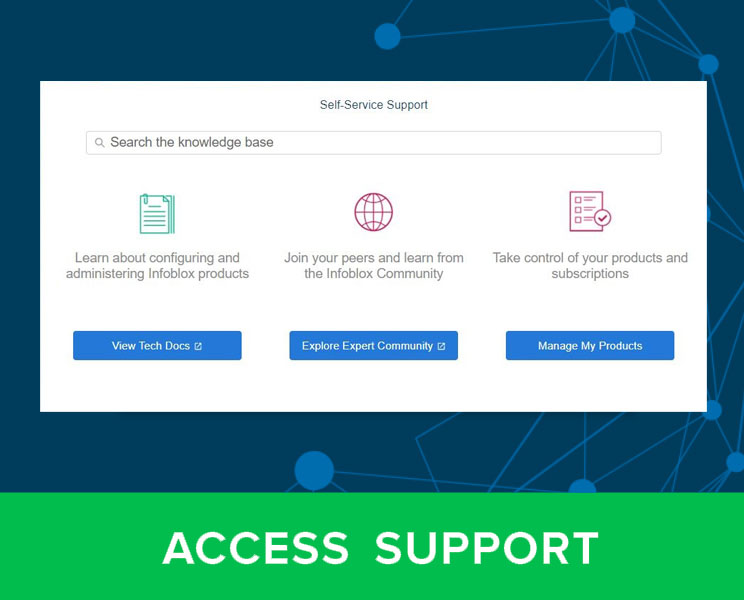Among the IPv6 community it is very common for the business and financial justification discussion to devolve to a simple point around the price of acquiring IPv4 address space. It seems the community has done a poor job of articulating any other feasible argument around helping the business and financial teams to want to take on the adoption of IPv6 in their business. The basic pricing argument – i.e., that the cost of IPv4 is so prohibitive that it necessarily drives IPv6 adoption – has a fatal flaw, and I want to walk you through that flaw and an alternative approach I believe has merit and value.

With pricing varying from $15 to $20 per individual IPv4 address you will commonly hear uttered the following (for the sake of easy math, I am using the $20 per IPv4 value):
- Can you believe a /16 (65,536 IPv4 addresses) would cost you $1.3M US dollars?!?!
- If you need a /8 (16,777,216 IPv4 addresses) it will cost you $335M US!
- Even if you are a modest-sized company, you will still need a /24 (256 IPv4 addresses) and that will cost you $5,120 US just to acquire/borrow IPv4 address space!
The reality is, that regardless of the relative expense of IPv4, there are very few organizations in the US or Europe that require large quantities of IPv4 address space. The few that do, like public cloud and rapidly growing service providers, have the budget and means to acquire the address space, even if it is exorbitantly expensive. The story shifts when talking about the Asia Pacific region because of the later adoption and allocation of IPv4 for that part of the world, resulting in IPv4 being a scarcer resource. But they have chosen to adopt IPv6 and move forward because that is the addressing resource available to them.
The majority of larger US and European enterprises, universities and government agencies likely received larger IPv4 allocations years ago and are not close to maxing out those existing allocations and may never run out.
Most small to medium business get their IPv4 allocation from their service provider and do not require any direct allocation from a RIR. Their cost of IPv4 is bundled into their monthly or yearly service agreement and it will meet their needs for years to come.
It seems that the cost per IPv4 address really isn’t an argument for the “majority” but rather is a problem for the minority, specifically for the hyper-scale growth companies who are providing services on the public Internet. Regardless of where they are in the world, they need the IPv4 address space and will do what is required to obtain it. While I understand the concern of the cost of a logical resource, to be honest, these companies can afford to pay for the resources, so their business justification is easy. They cannot continue to operate or provide a service if they do not have addresses and the price of that resource is accounted for in their cost of doing business.
No part of the cost-per-IPv4 address really impacts any enterprise, commercial or small business in a significantly negative way. Additionally, it may be a financial windfall for those that can move to IPv6 and sell/transfer their public IPv4 addresses on the open market – which is the opposite of what everyone is stating about being concerned about the price per IPv4!
So, what is the business and financial justification for adopting IPv6? How do technical leaders explain and justify doing the hard work to design, architect and deploy IPv6 in their environment?
I break it down into the following general categories:
- You are a B2C company, and having a direct relationship with your customers is critical to what you do
- You are a B2B company, but you operate at a large scale worldwide
- You have a large distributed sales force or distributed fleet of mobile workers
- You are a large web-scale company, delivering SaaS direct to consumers or businesse
In each of these cases, the interface of what the remote party might be leveraging determines whether or not you need to provide IPv6 access. Remember, mobile service providers, home subscriber access networks, cloud providers, Internet service providers and content delivery networks have all moved to adopting IPv6 to solve their scaling and growth problems.
The end user is probably already using IPv6 and to reduce the risk of relying on someone else’s translation services, you are far better off making your services IPv6-enabled. This is the first step in the journey to IPv6 adoption, but it is a significant one. The business and financial rationales are easier to understand in this paradigm. So, let’s break some of them down:
- The risk of being left out of a growing mobile market demographic because you can’t communicate with them over IPv6 (lost opportunity)
- The inability to test and validate how services are performing because you can’t test and monitor the IPv6 services due to lack of deployment internally (lack of assurance)
- The speed and performance improvements from IPv6 provide users with a better experience from a competitor (who does have IPv6) and away from you due to lack of deployment (lost business)
- The lack of IPv6 reduces the addressable market opportunity for the company (lost business)
- Failure to have your iOS mobile app accepted in the Apple store due to lack of IPv6 testing and support (interruption of existing revenue)
- Inability to control corporate resources that utilize VPNs but lack IPv6 routing rules (lost business security and information assurance)
- No logging or business data correlation information for those coming from IPv6 (lost marketing and business analytics opportunity)
As you can see, these are real-world, business-related problems. You can also tie them to business and financial justifications that go beyond a problem the network team articulates. IPv6 has significance beyond the issue of IPv4 scarcity and the current pricing of IPv4. This is the true value of saying that the price of IPv4 isn’t the problem. If you can help an organization drive the value of an IPv6 adoption project because they understand that all end users everywhere are moving to IPv6, then the equation makes a lot more sense.
I would love to hear if you have other ideas around the business and financial justifications for IPv6 adoption. Let me know directly via twitter!
You can find me on twitter as @ehorley and remember…
IPv6 is the future and the future is now!
– Ed
Ed Horley (@ehorley) is CEO of HexaBuild.io, an IPv6 consulting and training company. Ed is Co-chair of the California IPv6 Task Force (CAv6TF) and authored the Apress Press book on Practical IPv6 for Windows Administrators. Follow HexaBuild on Twitter and LinkedIn.










